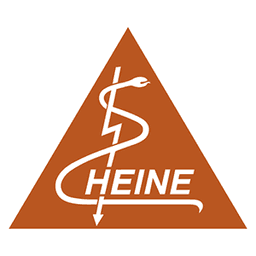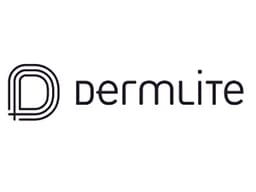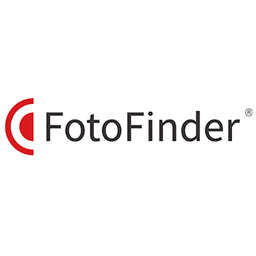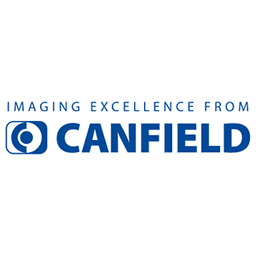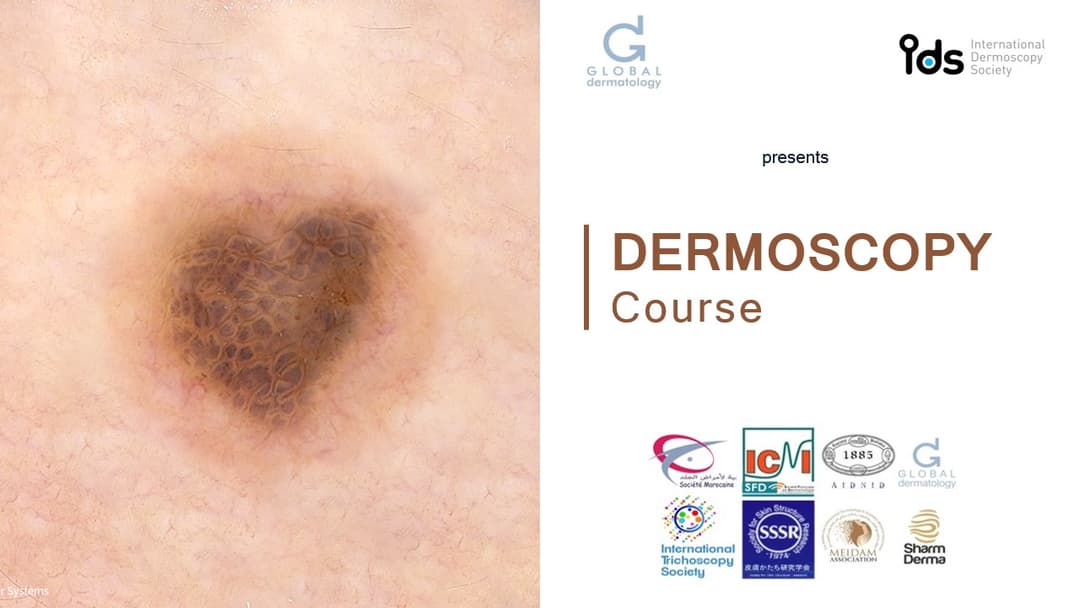
Dermoscopy
Geneva, Switzerland
17h50
8 modules
67 lectures
Accreditation
Dermoscopy
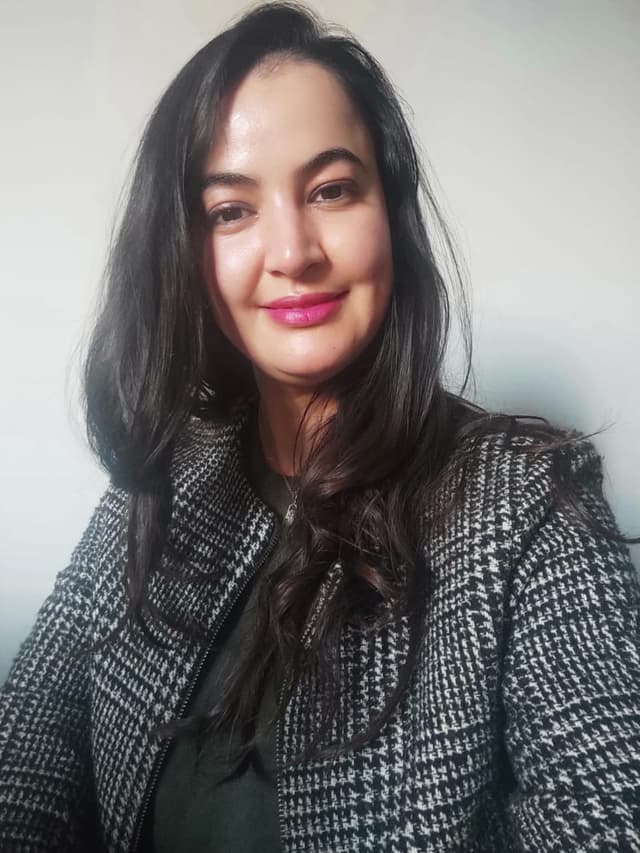
Chair:Prof Awatef Kelati, MD

Dermoscopy
Geneva, Switzerland
17h50
8 modules
67 lectures
Accreditation
Dermoscopy in General Dermatology

Super-High Magnification Dermoscopy: Cases and updates
Elisa Cinotti MD
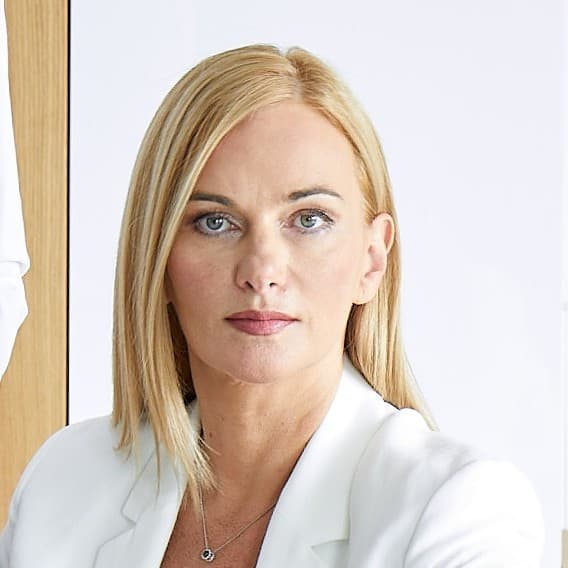
Dermoscopy of mucosal lesions
Zoe Apalla MD, PhD
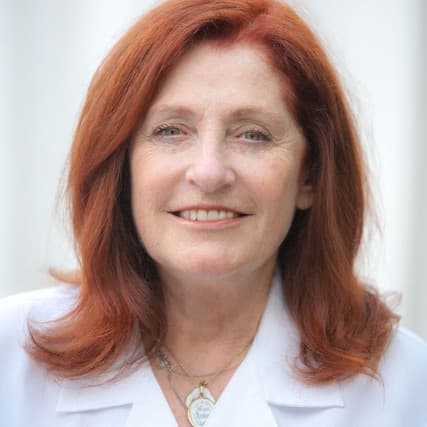
Trichoscopy/onychoscopy: tips and tricks
Antonella Tosti MD

Onychoscopy for Everyone: cases and updates
Matilde Iorizzo MD, PhD
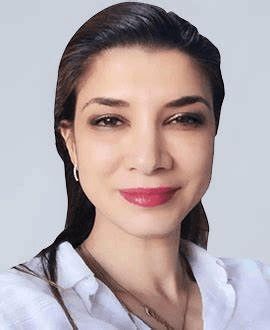
Dermoscopy in Infectious disorders
Bengu Nisa Akay MD
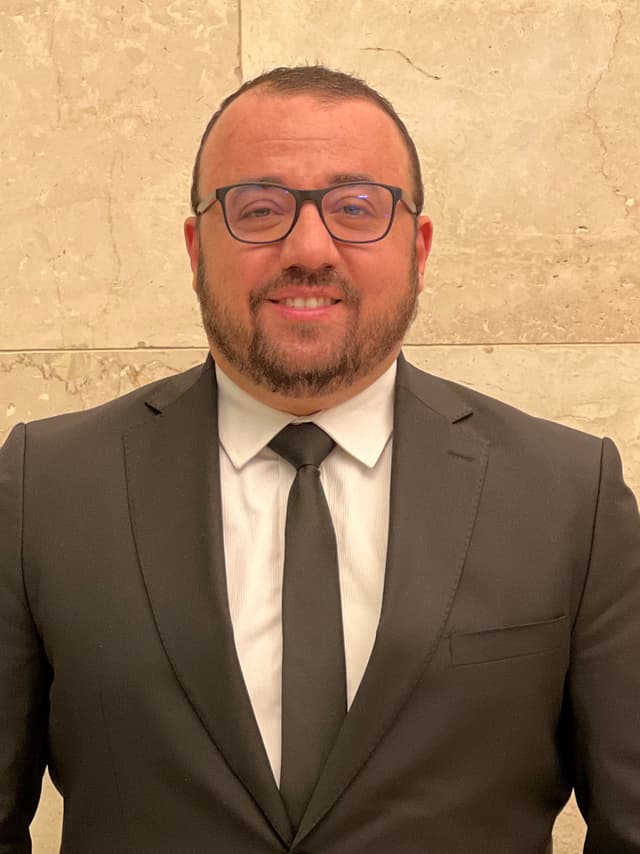
Dermoscopy applications in aesthetic Dermatology
Ahmed Sadek PhD LAD, MSc DV, DBA, IFAAD, IFEADV
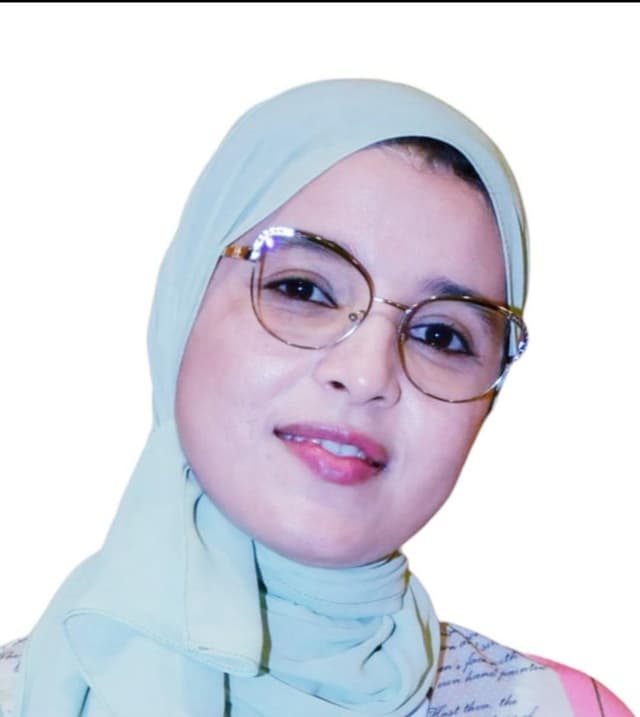
Dermoscopy in Inflammatory Disorders
Meriem Soughi MD

Dermoscopy of Non-Pigmented skin lesions
Stephen Hayes MD

Trichoscopy for everyone: cases and updates
Michela Valeria Rita Starace MD, PhD
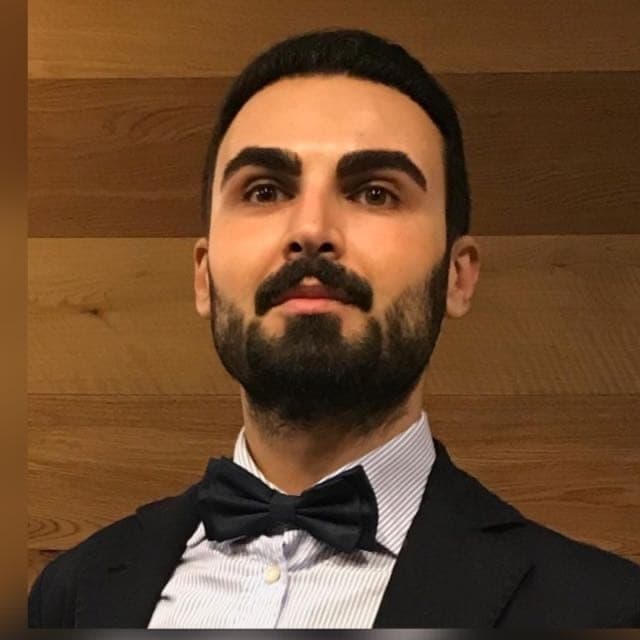
Dermoscopy of Inflammatory Dermatoses: An Up-to-Date Overview
Enzo Errichetti MD, MSc, DVD
Dermoscopy | Diagnosis of Skin Cancer

Dermoscopy in Basal Cell Carcinoma
Awatef Kelati MD
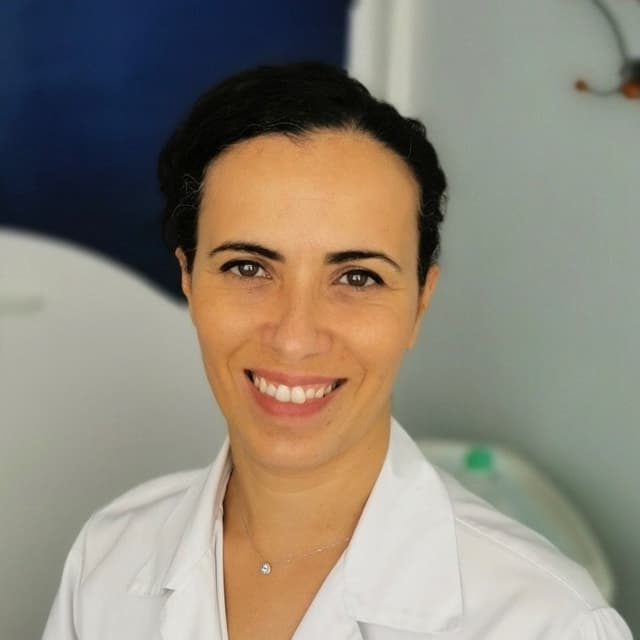
Lentigo maligna Dermoscopy updtades and cases
Florence Le Duff MD

Dermoscopy of melanoma: from diagnosis to surgical management
John Paoli MD
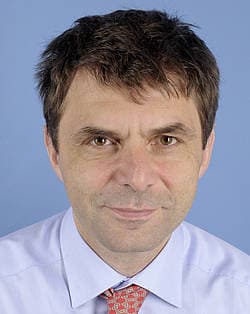
From actinic keratoses to squamous cell carcinoma
Harald Kittler

Cases on Dermoscopy of skin cancer
Verche Todorovska MD

Dermoscopy of the other cutaneous malignancies
Ashfaq Marghoob MD
Dermoscopy for Everyone by The IDS
IDS: Reflexions, best moments and what's next
Aimilios Lallas MD, MSc, PhD
Best cases of the IDS
Aimilios Lallas MD, MSc, PhD
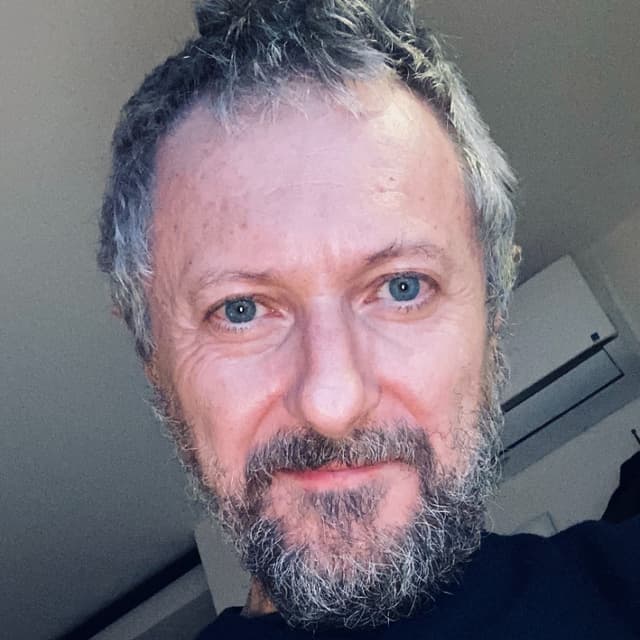
Dermatology Practical and Conceptual: My best papers
Giuseppe Argenziano
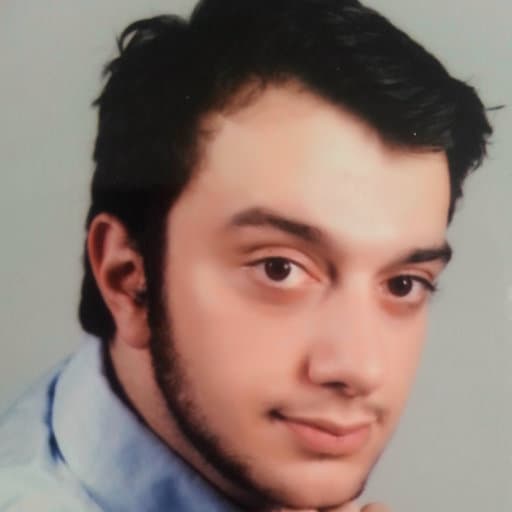
Race-specific and skin of color dermoscopic characteristics of skin cancer: A Literature Review
Emmanouil Karampinis MD, MSc, PhD

Best cases of the IDS. Part 2
Caterina Longo

Best cases of the IDS. Part 1
John Paoli MD
Topographic Dermoscopy

Dermoscopy in Facial lesions: Inflammatory dermatoses of the face
Enzo Errichetti MD, MSc, DVD
Dermoscopy in Facial lesions: Melanocytic facial lesions
Elvira Moscarella MD

Dermoscopy in Facial lesions: Non melanocytic pigmented lesions, Fair skin
Ashfaq Marghoob MD
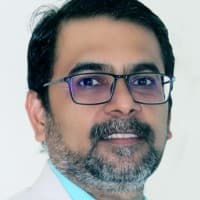
Dermoscopy in Facial lesions: Non melanocytic pigmented lesions, Dark skin
Balachandra Ankad MD, MBBS
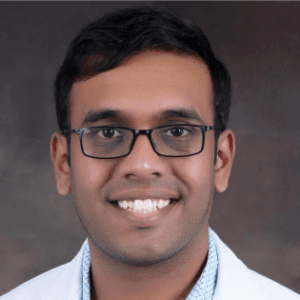
Dermoscopy in Facial lesions: Non melanocytic pigmented lesions, Dark skin. Part 2
Vinay K MD

Dermoscopy in Facial lesions: The nose
Sebastian Podlipnik MD

Dermoscopy of the ear
Awatef Kelati MD

Dermoscopy in chest and back lesions: Skin tumors
Cristian Navarrete-Dechent MD
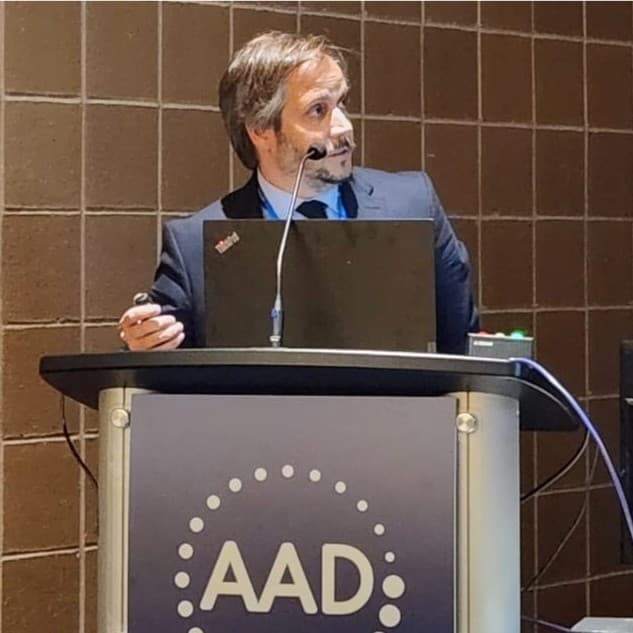
Dermoscopy in chest and back lesions: Inflammatory and infectious skin diseases
Gabriel Salerni MD, MSc, PhD

Dermoscopy in lesions of the limbs
Bengu Nisa Akay MD

Dermoscopy in lesions of the palms and soles
Raimond Karls MD

Dermoscopy in haïr and scalp disorders: Tumors of the scalp
Susana Puig MD

Dermoscopy in nail disorders : Benign nail tumors
Michela Valeria Rita Starace MD, PhD

Dermoscopy in haïr and scalp disorders: Diffuse alopecia
Antonella Tosti MD
How not to miss Nail Unit Cancer?
Luc Thomas MD, PhD

Dermoscopy of conjunctival lesions
Elisa Cinotti MD

Dermoscopy of the mucosae: Genital mucosae
Zoe Apalla MD, PhD
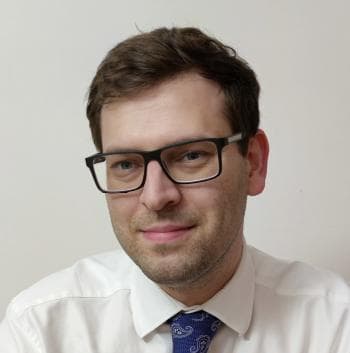
Scabies mite is bright green under U.V dermatoscopy
Pawel Pietkiewicz MD
My best cases of the year worldwide - Part 1

Best cases from Europe (Belgium)
Mariano Suppa MD, PhD

Best cases from Europe
Jilliana Monnier MD, PhD

Best cases from Europe: My best teaching cases
Verche Todorovska MD

Dermoscopy SMD Group’s Clinical Cases
Meriem Soughi MD
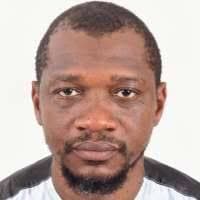
Dermoscopy in Guinea: Remarkable case and Key Insights
Ibrahima Traore MD. PgDip. MSc,PhD
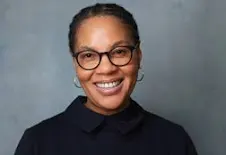
Best cases of Africa and middle east: Interesting Trichoscopy cases from South Africa
Ncoza Dlova MD, PhD
My best cases of the year worldwide - Part 2

Best cases of Africa and middle east: The Gambia
Nkechi Enechukwu MD
.jpg&w=640&q=75)
Best cases of Africa and middle east: A case of ocular Dermoscopy
Noureddine Litaiem MD
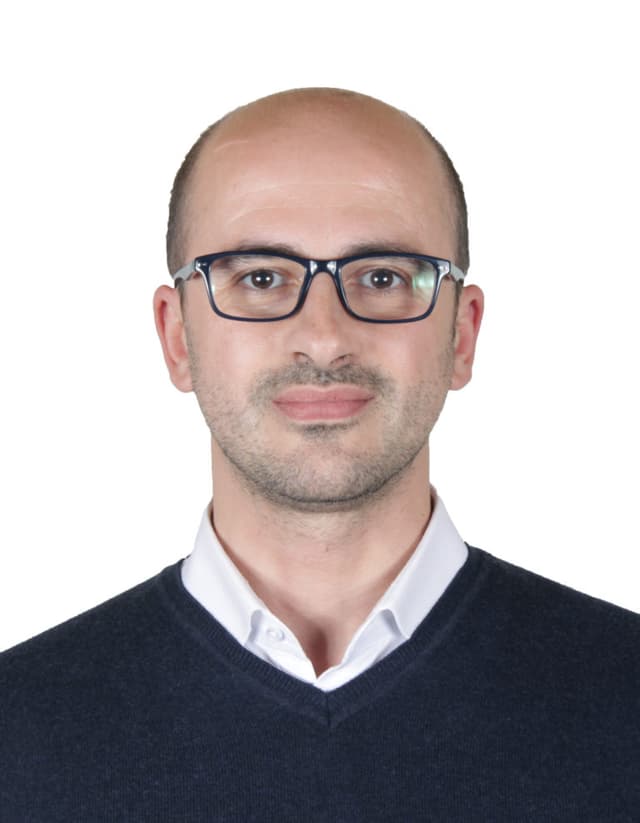
Best cases of Africa and middle east: best case from Algeria
Nazim Khaled BENMEHIDI MD, MSc

Best cases of Latin America
Daniel Asz Sigall MD
Best cases of India
Yasmeen Jabeen Bhat MBBS, MD, IFAAD
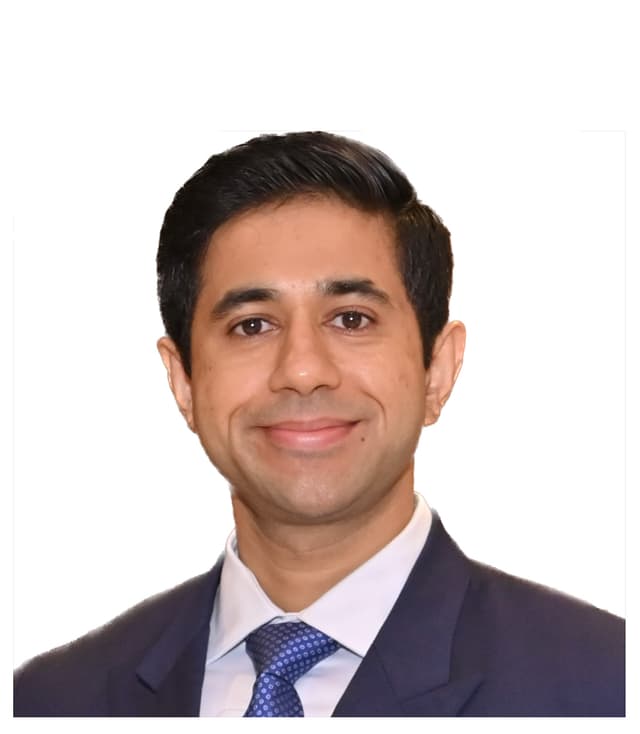
Best cases from India
Soumil khare MD
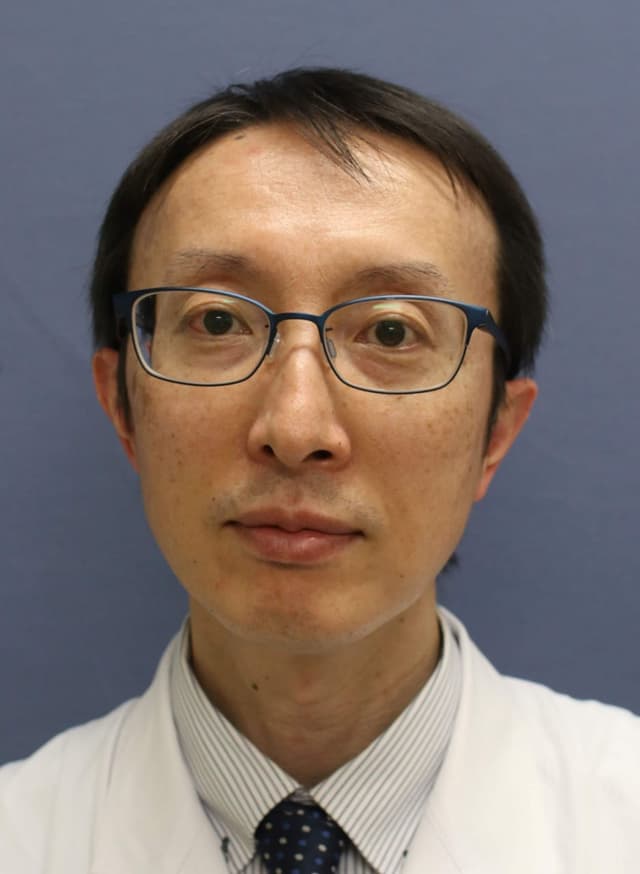
Best cases of Japan
Yaei Togawa PhD

Best cases from Egypt
Ahmed Sadek PhD LAD, MSc DV, DBA, IFAAD, IFEADV
Dermoscopy Skin of Color

My best cases from Algeria
Nazim Khaled BENMEHIDI MD, MSc

My best cases from Brazil
Elizabeth Leocadia Fernandes MD

My best cases from India
Balachandra Ankad MD, MBBS

My best cases from Nigeria
Nkechi Enechukwu MD

My best cases from Egypt
Manal Bosseila

Dermoscopy in skin of color: best papers and updates
Enzo Errichetti MD, MSc, DVD

My best cases from Morocco
Awatef Kelati MD
Dermoscopy in Pigmented lesions
Dermoscopy of Nevi
Elvira Moscarella MD
Interpretation of facial pigmented macules
Aimilios Lallas MD, MSc, PhD

Dermoscopy of blue lesions
Caterina Longo

The many faces of seborrheic keratosis
Yaei Togawa PhD
.png&w=640&q=75)
Updates on Dermoscopy of Dermatofibroma
Hoda Moneib MD

Seborrheic keratosis like melanoma: an update
Gabriel Salerni MD, MSc, PhD
Institutional partners

IDS (International Dermoscopy Society)
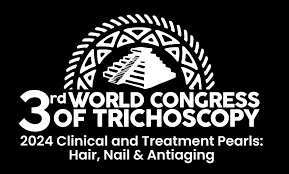
International Trichoscopy Society

AIDNID (Associazione Italiana di Diagnostica Non Invasiva in Dermatologia)
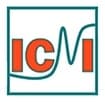
ICNI Group (Non-Invasive Skin Imaging Group of the French Society of Dermatology - Société Française de Dermatologie)
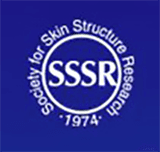
Japan Society for Skin Structure Research
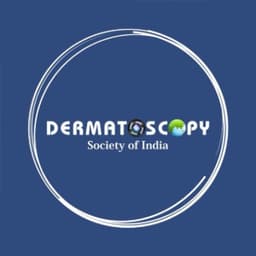
Dermatoscopy Society of India
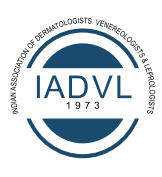
Indian Association of Dermatologists, Venereologists & Leprologists
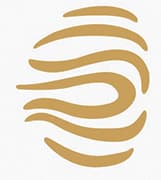
Sharm Derma

MEIDAM Association
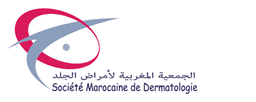
Moroccan Society of Dermatology
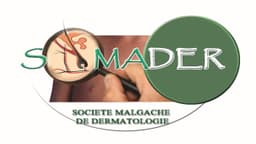
SOMADER (Société Malgache de Dermatologie)
Industry partners
Learning objectives
Course Overview:
This course offers a detailed exploration of dermoscopy, from foundational principles to advanced diagnostic techniques in various dermatological conditions. Aimed at dermatologists, residents, and healthcare practitioners, it combines global insights with specialized approaches for pigmented lesions, skin of color, skin cancer detection, and general dermatology.
Learning Objectives:
Participants will gain a strong understanding of dermoscopy fundamentals and its worldwide applications. They will learn to recognize critical patterns in pigmented lesions, including distinguishing benign from malignant melanocytic lesions. The course also covers the adaptation of dermoscopy for diverse skin types, with a focus on skin of color, addressing unique diagnostic challenges. Additionally, participants will develop skills to detect early signs of skin cancer, such as melanoma, basal cell carcinoma, and squamous cell carcinoma. Finally, they will apply dermoscopy to a broad range of general dermatological conditions, including inflammatory, infectious, and non-melanocytic disorders.
Course Modules:
The first module introduces dermoscopy from a global perspective, covering basic terminology and equipment. The second module delves into pigmented lesions, teaching key dermoscopic structures like networks, globules, and streaks. The third module focuses on skin of color, highlighting diagnostic nuances and common pitfalls. The fourth module is dedicated to skin cancer, emphasizing melanoma detection using established algorithms. The final module expands into general dermatology, demonstrating dermoscopy’s role in diagnosing inflammatory, infectious, hair, and nail disorders.
Target Audience: Dermatologists, residents, primary care physicians, and allied health professionals seeking to enhance diagnostic accuracy through dermoscopy.
Course Format: The course combines lectures, case-based discussions, and evaluation.
Outcome: Participants will emerge with improved diagnostic confidence and proficiency in dermoscopy across a wide range of dermatological conditions.
Might interest you

PsychodermatologyDermoscopyNeglected Tropical Disease
Cutaneous Medicine: Multidisciplinary Approaches in Dermatology
Chair: Prof. Fahafahantsoa Rapelanoro Rabenja,
This course explores the intersection of dermatology with other medical specialties, emphasizing a collaborative approach to diagnosing and managing complex skin disorders. It covers a wide range of topics, including dermatopathology, rheumatology, oncology, and infectious diseases, highlighting how systemic conditions manifest cutaneously. With contributions from experts in various fields, the text provides comprehensive insights into multidisciplinary care, advanced diagnostic techniques, and innovative treatments. Ideal for dermatologists, internists, and specialists, it bridges gaps between disciplines to improve patient outcomes in cutaneous medicine.

Dermoscopy
Dermoscopy
Chair: Prof Awatef Kelati, MD
This comprehensive dermoscopy course provides dermatologists and healthcare professionals with essential skills in skin lesion evaluation, covering fundamental principles through advanced diagnostic applications across five key areas: global dermoscopy practices, pigmented lesion analysis (including differentiation of benign and malignant patterns), specialized techniques for skin of color, skin cancer detection (melanoma and non-melanoma), and general dermatological conditions (inflammatory, infectious, and hair/nail disorders). Participants will develop proficiency in recognizing diagnostic patterns, adapting techniques for diverse skin types, and applying dermoscopic algorithms, ultimately enhancing their clinical accuracy through a combination of theoretical knowledge and practical case-based learning. The course emphasizes real-world application, addressing both common and challenging scenarios in dermatological practice.

Pigmentation
Pigmentation
Chair: Dr Seemal Desai, MD, FAAD
Hyperpigmentation is excess skin color from melanin. Understand melanin synthesis mechanisms and main causes.
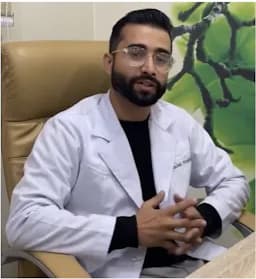
Neglected Tropical Disease
Neglected Tropical Skin Diseases
Chair: Dr. Prajwal Pudasaini, MD
Neglected tropical skin diseases affect poor populations in tropical areas. They include leprosy, mycetoma, and cutaneous leishmaniasis, causing disability and stigma. They receive little attention and resources, leading to poor diagnosis and treatment. Increased awareness and improved healthcare access are needed to help affected communities.

TCM Chinese Medicine
Acne Treatment in China
Chair: Prof. Haiping Zhang, PhD
Acne treatment in China combines traditional methods with modern practices.
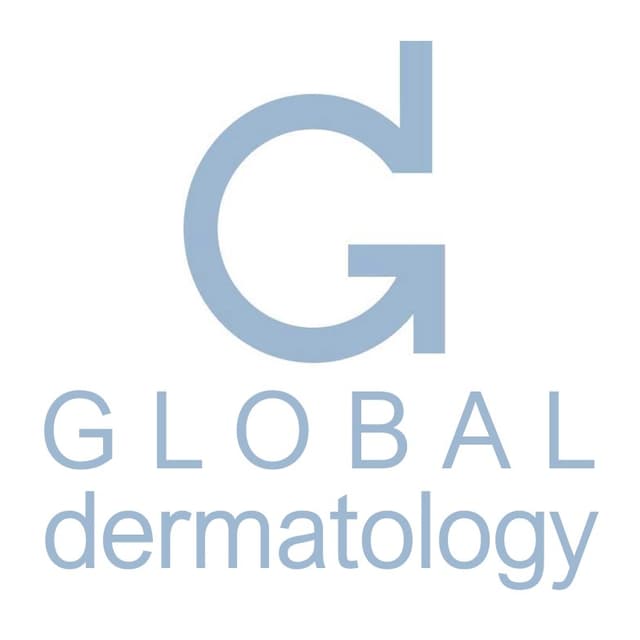
Pigmentation
Cyspera Medical Education
Chair: Global Dermatology,
Cyspera® is a topical pigment-correcting treatment formulated with cysteamine, a naturally occurring compound that reduces the appearance of persistent hyperpigmentation, including melasma, post-inflammatory hyperpigmentation, and lentigines. It is known for being non-hydroquinone, suitable for long-term use, and effective on all skin types.

Topographic Dermoscopy
Chair: Prof. Awatef Kelati, MD
Topographic dermoscopy refers to the region-specific application of dermoscopic examination, emphasizing the unique morphological patterns found across different anatomical sites. On facial skin, the dermoscopic assessment requires recognizing patterns influenced by the high density of pilosebaceous units and sun-induced changes, often presenting pseudonetworks and annular-granular structures. The ear, with its thin skin and sebaceous gland concentration, reveals specific vascular and follicular clues important in distinguishing benign from malignant lesions.
On the chest and back, where the skin is thicker and sun exposure varies, dermoscopy must account for irregular pigment distribution and architectural disorder, especially in large nevi or early melanomas. Limb lesions may show distinctive features due to mechanical friction, hair density, and vascular variations, demanding precise interpretation to identify atypical nevi or skin cancers.
Palmar and plantar dermoscopy highlights the parallel ridge pattern critical for melanoma diagnosis, contrasting with benign acral patterns like the parallel furrow or lattice-like structures. Scalp and hair disorders benefit from trichoscopy, where dermoscopic evaluation reveals specific signs such as yellow dots, broken hairs, or black dots, aiding in the diagnosis of alopecia areata, androgenetic alopecia, or tinea capitis.
In nail disorders, onychoscopy enables visualization of melanonychia, hemorrhages, and nail matrix changes, crucial for distinguishing subungual melanoma from benign causes like trauma or fungal infection. Mucosal dermoscopy, though technically challenging, provides diagnostic clues in pigmented lesions of the lips, genitalia, or oral mucosa, requiring adaptation to moist, non-keratinized surfaces.
Finally, ultraviolet dermoscopy reveals a unique application: scabies mites fluorescing bright green under UV light, enhancing detection when traditional visualization fails. Topographic dermoscopy thus demands both anatomical knowledge and technical adaptation to maximize diagnostic accuracy across diverse body sites.

Acne
ACNE
Chair: Dr. Jerry Tan, MD
The ACNE | Education Series, led by Dr. Jerry Tan, is a comprehensive global medical education initiative designed to enhance the understanding and skills of dermatologists and healthcare practitioners regarding acne. Participants will gain insights from leading international experts on the latest advancements in acne research, innovative treatment options, and patient-centered care approaches. The event features interactive discussions, live Q&A sessions, and evidence-based strategies, all at no cost. The esteemed faculty includes specialists from the USA, Italy, France, the UK, Singapore, Greece, Australia, Canada, and Germany. This is a valuable opportunity to improve clinical competencies and stay updated on current acne management practices.
Attendees will acquire up-to-date knowledge on acne pathophysiology, new therapeutic options, and patient-oriented management strategies to optimize clinical outcomes in acne treatment. The session will also provide practical insights through expert-led discussions and evidence-based approaches.
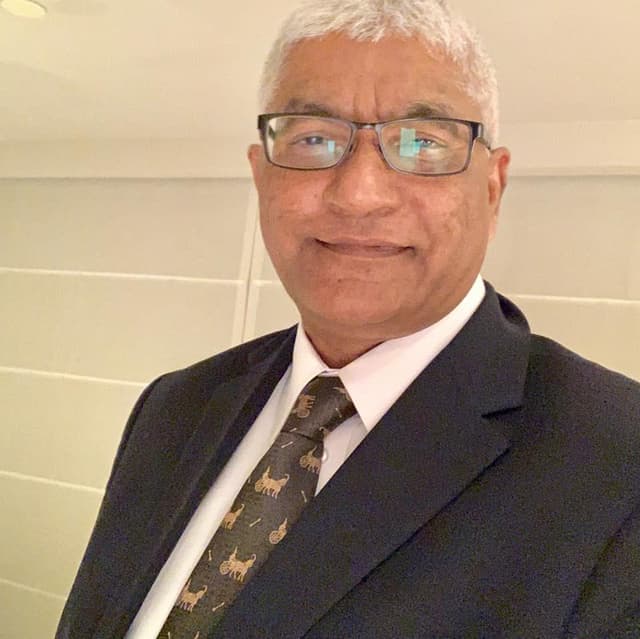
Psychodermatology
Psychodermatology
Chair: Prof Mohammad Jafferany, MD
This specialized course explores the vital intersection between dermatology and mental health, equipping clinicians with the knowledge and tools to manage psychodermatological conditions effectively. Through a blend of theoretical knowledge and practical application, participants will learn to diagnose and treat dermatological delusional disorders, identify psychiatric comorbidities in skin disease patients, and implement mental health strategies for chronic dermatoses. The curriculum also examines psychological factors in cosmetic dermatology and provides cutting-edge screening techniques for body dysmorphic disorder, including modern digital manifestations like Zoom dysmorphia. Adopting a patient-centered approach, the course emphasizes multidisciplinary management of conditions where psychological and dermatological factors interact. Participants will gain expertise in recognizing psychiatric components of skin diseases, addressing the emotional
burden of chronic conditions, and applying ethical principles in cosmetic practice. The training combines expert instruction with case-based learning to bridge theory and clinical practice. Designed for dermatologists, psychiatrists, psychologists, and primary care providers, this program enhances clinicians' ability to deliver holistic care that addresses both the visible and invisible aspects of skin disorders. Upon completion, practitioners will be better prepared to manage complex psychodermatological cases while improving patient outcomes through integrated mind-skin healthcare.

Neglected Tropical Disease
Tropical Dermatology and Neglected Tropical Dermatoses
Chair: Prof. Fahafahantsoa Rapelanoro Rabenja,
Dermatological diseases, particularly neglected tropical diseases (NTDs) with skin manifestations like deep mycosis (chromoblastomycosis, sporotrichosis, mycetoma), scabies, leprosy, lymphatic filariasis, and cutaneous leishmaniasis, pose major challenges for healthcare systems in resource-limited regions of Africa, Asia, and Latin America. These conditions severely affect vulnerable populations, suffering from frequent underdiagnosis and inadequate treatment that exacerbates suffering. Diseases such as atopic dermatitis are also under consideration for inclusion as skin NTDs through collaborative efforts involving ISAD, ASDV, and WHO. Furthermore, albinism, highly prevalent in sub-Saharan Africa, presents significant social challenges including stigmatization and occult beliefs. Despite these complex difficulties, the field is undergoing a historic transformation driven by science and technology, particularly artificial intelligence (AI), which offers tangible tools for improving diagnosis, treatment, and prevention. The participation of global experts facilitates vital knowledge exchange, exploration of innovative solutions, and helps address critical shortages of human and material resources in remote areas.
Learning Objective:
Understand the complex challenges posed by dermatological diseases, especially skin NTDs and conditions like albinism, in resource-limited settings, and recognize the critical role of global collaboration, technological innovation (particularly AI), and expert knowledge exchange in developing solutions to improve diagnosis, treatment, prevention, and resource allocation.

